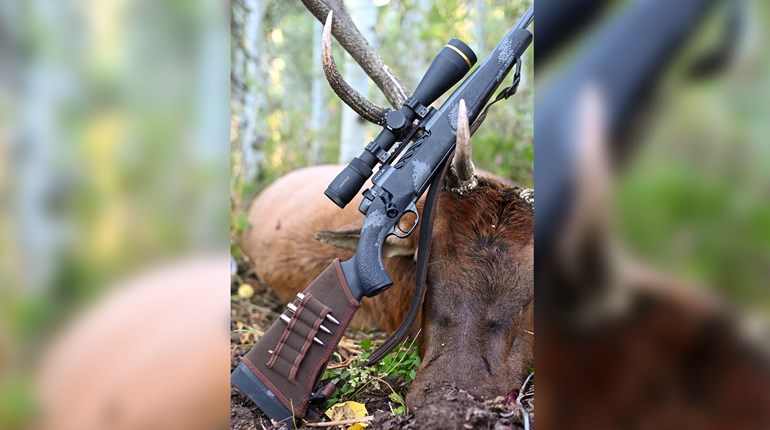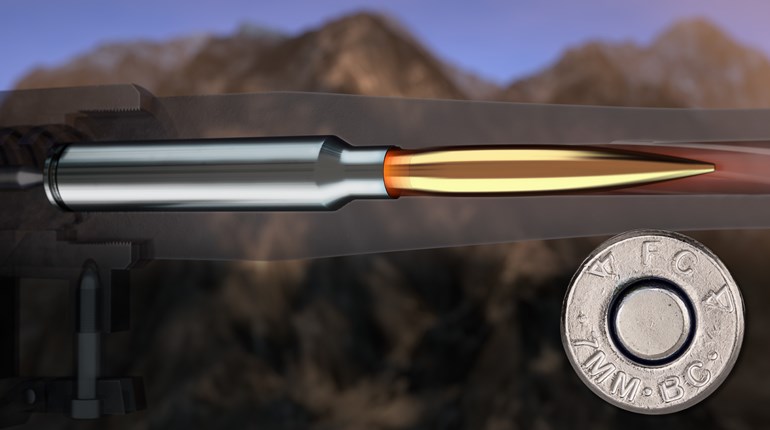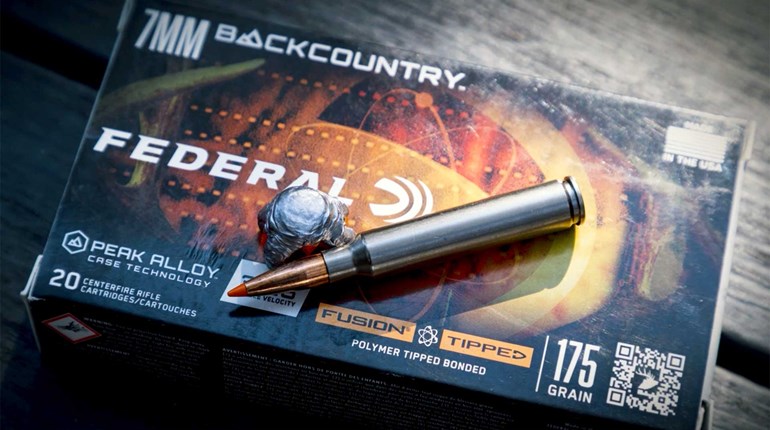
One way NRA serves its members and all Americans is by advocating for a free and fair marketplace in firearm sales, including commerce in used guns. And thank God for that, because there is no end to anti-gun scheming to stop you, me and our fellow Americans from buying and selling guns in private transactions. Fortunately our leadership, political allies and NRA members nationwide are having none of that, and as a result, purchasing an affordable used gun remains a great option for many folks, whose 2nd Amendment rights might otherwise be compromised.
While people have various motivations for buying a used firearm, let’s boil it down to two major categories: 1) to shoot; 2) for collector interest. Though crossover between the two categories is quite common, there’s a different mindset between purchasing a utilitarian tool vs. acquiring a collectible that’s meaningful beyond its basic function. For the purpose of this article, we’ll focus on shopping for a shooter. Collecting guns is a far more involved activity, and so we’ll leave that for another time.
Before getting down to gun-trading nitty-gritty, let’s outline the best-case shopping scenario. The prime way to know if a particular gun is right for you is to shoot it. It’s gotta go BANG when you pull the trigger and hit your target with some realistic expectation of accuracy. You’ll want to size up its looks, the way it feels in your hands and/or at your shoulder, and work the fire-control functions. On pistols, the slide should be manageable, work smoothly and lock open securely when the stop is applied. Revolver cylinders should turn smartly and align precisely with the bore. On long guns, charging handles, bolts, levers and/or pump-actions should operate smoothly, without excess slop or binding. Manual safeties should block trigger, hammer and/or firing pin operations. Detachable magazines should come free and then reattach without a struggle. A hands-on encounter means a lot. But in many, if not most cases, such a test-drive probably won’t be in the cards. So here's what you need to know.
1. Know Where to Look, Part 1
The internet has expanded the merchandise pool by who knows how many degrees. You can now scan inventories at gun shops coast to coast, search national/regional/local web-based classifieds, and follow in-progress auctions for used guns. In fact the NRA operates the Firearms for Freedom virtual auction as a fundraiser, taking bids for guns donated by members. Please check it out.
Though the seemingly endless supply can translate to genuine bargains, there also are drawbacks to used-gun shopping online, some quite obvious, others you may not have considered. Viewing via computer can’t acquaint you with a gun’s fit and feel. That may not matter if you’re already familiar with the model in question; otherwise, it’s fairly important to lay your hands on a gun before purchasing it. Although the pricing can be attractive, online purchases come with add-on fees for shipping and FFL transfer. A $50 savings, for example, is likely to be wiped out and then some compared to what you’d pay in a brick-and-mortar shop.
Of unquestionable value, though, is that study time online will give you a pretty good idea of what particular models are worth. Pretty soon you’ll recognize pricing norms. Occasionally you can beat the going rate (beware the condition on these); conversely, some sellers set their sights higher than the market standard. The more you know, the better, and in fact there’s one more resource that virtually all the pros use, The Blue Book of Gun Values. Updated annually, this 2,500-page “bible” of the trade provides baseline pricing on thousands of specific models, each pegged to seven-step range of condition. Each entry also notes the gun’s last Manufacturer’s Suggested Retail (MSR). If your gun trading will involve more than just a few transactions, the Blue Book (currently priced at $55) will pay for itself. In fact it’s worth way more than that to gun enthusiasts just for the history and insight packed into its pages.
2. Know Where to Look, Part 2
Cautious types will prefer a hands-on shopping experience, and while this does limit one’s possibilities, there should be ample reasonably accessible sources in most locales. These include storefront establishments, gun shows and private sales located through newspapers/tabloids, bulletin boards (actual and online) and through word of mouth. In this arena you will be able to handle or shoulder the gun; work the action, trigger and safety; try out the sights; and remove/reinstall the magazine. That’s all good as far as it goes, if not quite up to actually firing the piece.
Live-fire auditions may be possible at establishments that combine a range facility with a sales operation, since they often have demonstrator guns customers can rent or try out. Such setups are typically geared to new-gun sales, but at the very least can serve as market research. However it’s likely that demonstrators will be limited to only recent, popular models.
It certainly wouldn’t hurt to ask a local private seller to meet you at a range for a brief demo, but in my experience that’s probably the exception to the rule.
3. Condition Is Key
As with any pre-owned object, worth and value are relative to condition. In the case of a mechanical device being purchased for actual use, the most important issue is that the gun is operable. It must fire when the trigger is pulled; the action must cycle and lock up; feeding and extraction functions must occur reliably; sights, safety and other moving parts must work as intended. Otherwise you’re buying something already in need of repair.
The outward condition of the stock and metalwork are also a concern, though external blemishes that don’t affect the gun’s operability may be tolerable for shoppers on tight budgets. What could become a problem are cracks in the stock or rust on moving parts. Over time these may escalate into a broken stock or sluggish operation. Barrel dents or anything that looks at all like a crack or stress point in a receiver or barrel should be cause for concern, since such flaws could foretell safety issues.
There are a few key areas for close inspection. The barrel crown (the forward opening where the bullet emerges) should be perfectly round and free of nicks that might hamper the flight of the bullet. The extractor—a small clip-like spring in the bolt face that grasps the cartridge case rim—should be too stiff to yield to thumbnail pressure.
If you are allowed to dry-fire, check and double-check to make certain the gun is unloaded, point it in a safe direction, and snap the trigger a few times. Triggers vary greatly from one gun to the next and very few fire a shot without involving some conscious pull. Steady resistance that breaks suddenly, as opposed to a scratchy or spongy feel, is preferable. What I’d advise most is watching for those whose let-off is too light or too heavy. The former (what some folks deem a “hair trigger”) may be unsafe, i.e., may inadvertently discharge when the action closes or the safety is deactivated. Or may just be difficult to get accustomed to, especially when immediate action is needed, as with self-defense or in certain hunting scenarios. Triggers that require too much finger pressure invariably make a gun more difficult to shoot accurately. A trigger with minimal creep, that breaks with relative suddenness under 3 to 8 pounds of pressure, should serve the purpose outside of serious match shooting.
Decades ago, NRA Publications editors devised a system for grading condition, and it has been the industry standard ever since. Though seemingly arcane at first, it’s not too difficult to use after a little study, and can help bring pricing into perspective.
4. Ask About a Return Policy
If you’re not able to shoot before purchasing—and, again, that will be the case in many or most transactions—it’s best to come to some kind of refund agreement before any cash changes hands. Reputable shops and online marketers are pretty good about spelling out their return policies, which should give potential customers leverage in private transactions. But if sellers balk and the onus is all on you, think twice. However, I’m going to stop short of saying don’t buy. I believe most of our fellow gun owners are honest and not looking to cheat another party. I’ve followed that intuition in making several gun purchases and have never been burned; but I’ve walked away from some deals, too.
5. Buy What You Like (But Don’t Hesitate to Seek Help)
Ultimately it’s your money and your gun. If it looks good, feels comfortable and balanced, and otherwise captures your fancy, most likely you’ll end up getting a great deal of satisfaction.
Just understand you’re not alone in this. The fact you’re reading this online means you have access to information and opinion—sometimes voluminous amounts—on virtually every gun ever produced. Friends, neighbors, gunshop clerks and practically all gun owners will freely share their thoughts on your quest. Some of what you read or hear will be worthwhile, and some won’t. Rest assured that NRA Family and all of our sister media outlets from NRA Publications strive to give you the best expertise we can muster, and our track record over the past 132 years speaks for itself. Please know we’re always here to help Americans make the most of their 2nd Amendment freedoms.





































